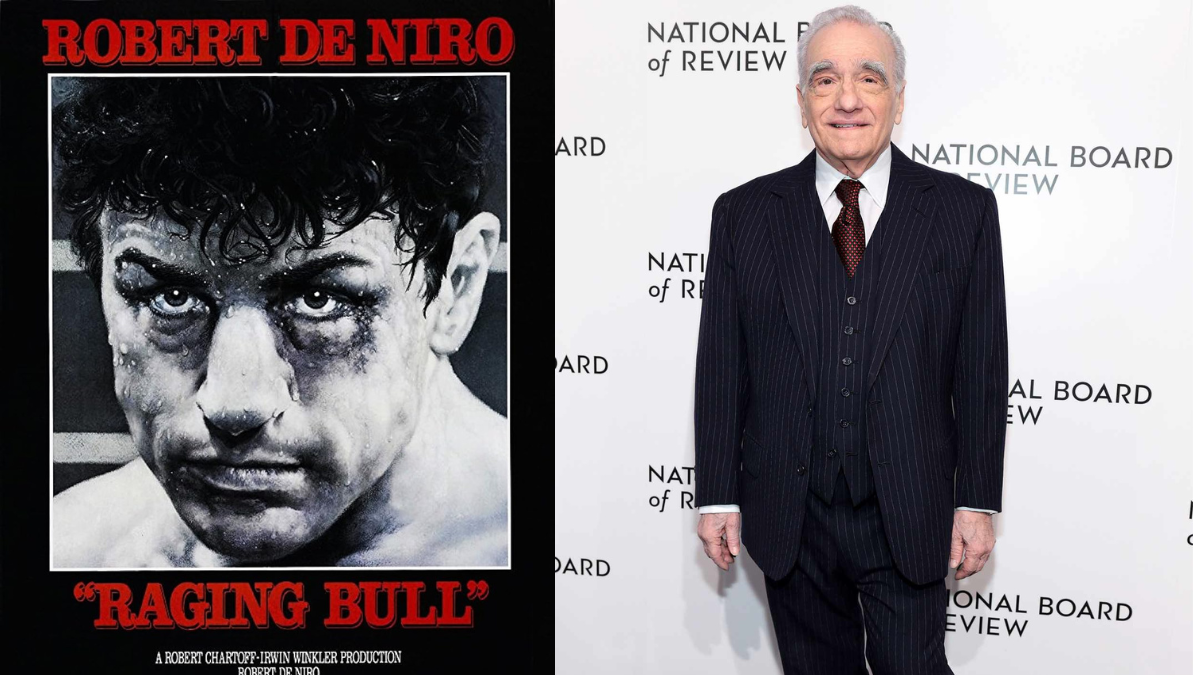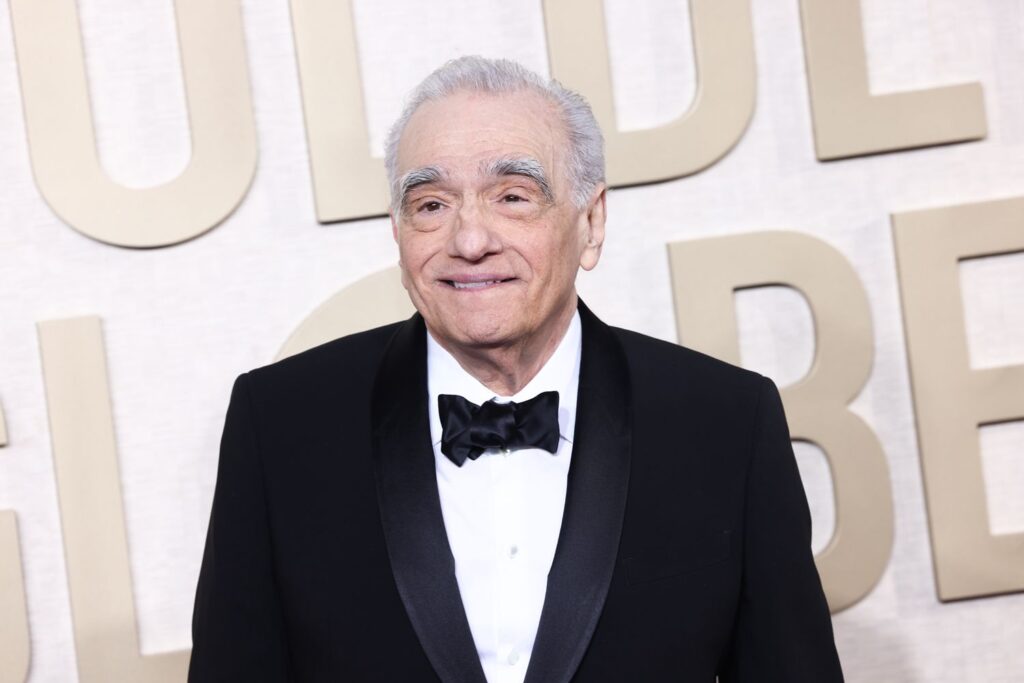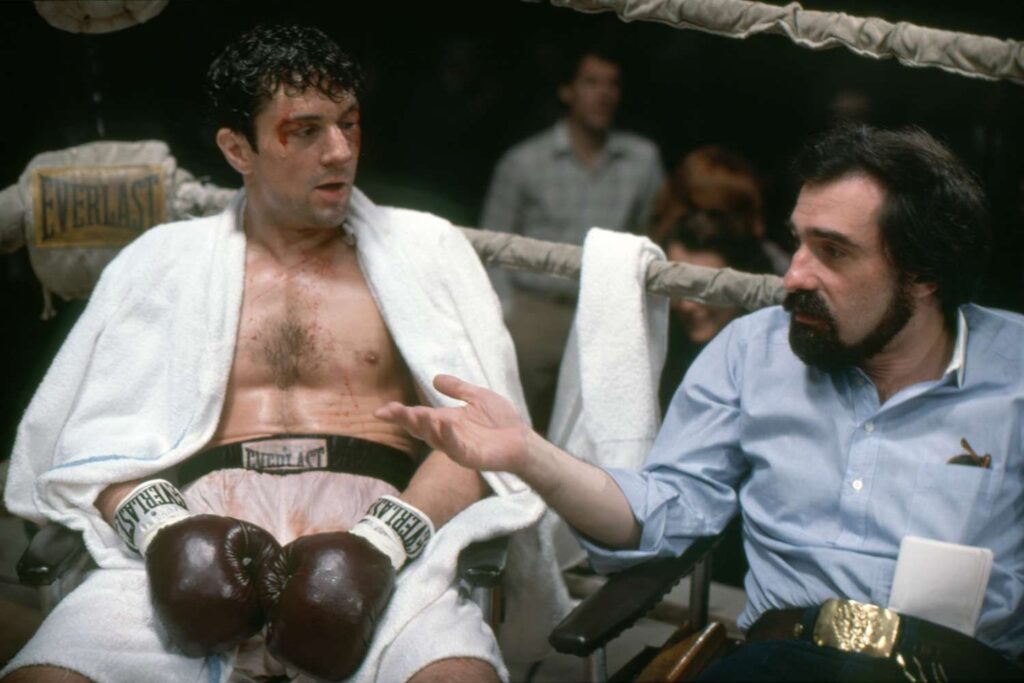How Martin Scorsese’s ‘Raging Bull’ Draws Inspiration From a Buster Keaton’s Comedy, ‘Battling Butler’

While the intense portrayal of male ego in Martin Scorsese’s ‘Raging Bull’ may not immediately bring to mind the comedic genius of Buster Keaton, the influence is there. Keaton, renowned for his deadpan humour and masterful stunts, plays an unexpected role in shaping Scorsese’s biographical drama. Scorsese turned to Keaton’s 1926 comedy ‘Battling Butler’ for inspiration when grappling with the idea of creating a sports movie, particularly one centred on boxing.
Despite initial reservations, ‘Raging Bull’ became one of Scorsese’s most acclaimed works, showcasing Robert De Niro’s powerhouse performance as real-life boxer Jake LaMotta. Through cinematic metaphors and raw storytelling, the film delves into the brutality of the sport and the internal struggles of its protagonist.
Also Read: ‘Killers of the Flower Moon’: Another One of Martin Scorsese’s Hit?

In ‘Battling Butler,’ Keaton’s character faces a similar journey of self-discovery amid boxing ring chaos. While the film is a comedy, it encapsulates themes of independence and perseverance, mirroring the narrative depth of ‘Raging Bull.’
Both films use boxing as a metaphor for personal battles, highlighting the triumph of the human spirit over adversity. Despite the stark differences in tone, Keaton’s comedic prowess and Scorsese’s gritty realism intersect to explore the complexities of human nature.
Scorsese’s reluctance to tackle a sports movie, let alone one about boxing, is evident. However, with De Niro’s passionate commitment and the collaboration of talented screenwriters, ‘Raging Bull’ emerged as a cinematic tour de force. The film’s visual imagery, juxtaposed with its thematic depth, reflects Scorsese’s unique storytelling prowess. Through baptismal and crucifixion symbolism, the film delves into themes of redemption and the eternal struggle for inner peace.

Keaton’s influence on ‘Raging Bull’ extends beyond thematic parallels. His approach to physicality and performance resonated with Scorsese’s vision of boxing as a barbaric yet cathartic experience. Despite personal challenges, Keaton’s dedication to his craft mirrored the relentless pursuit of excellence embodied by Scorsese.
This unlikely connection between two cinematic icons underscores the richness of film history and its enduring impact on contemporary storytelling.
‘Raging Bull’ remains a testament to Scorsese’s artistic evolution and his ability to find inspiration in unexpected places. As the film continues to captivate audiences, its profound exploration of human nature serves as a timeless reminder of the power of cinema.
– Farheen Ali








